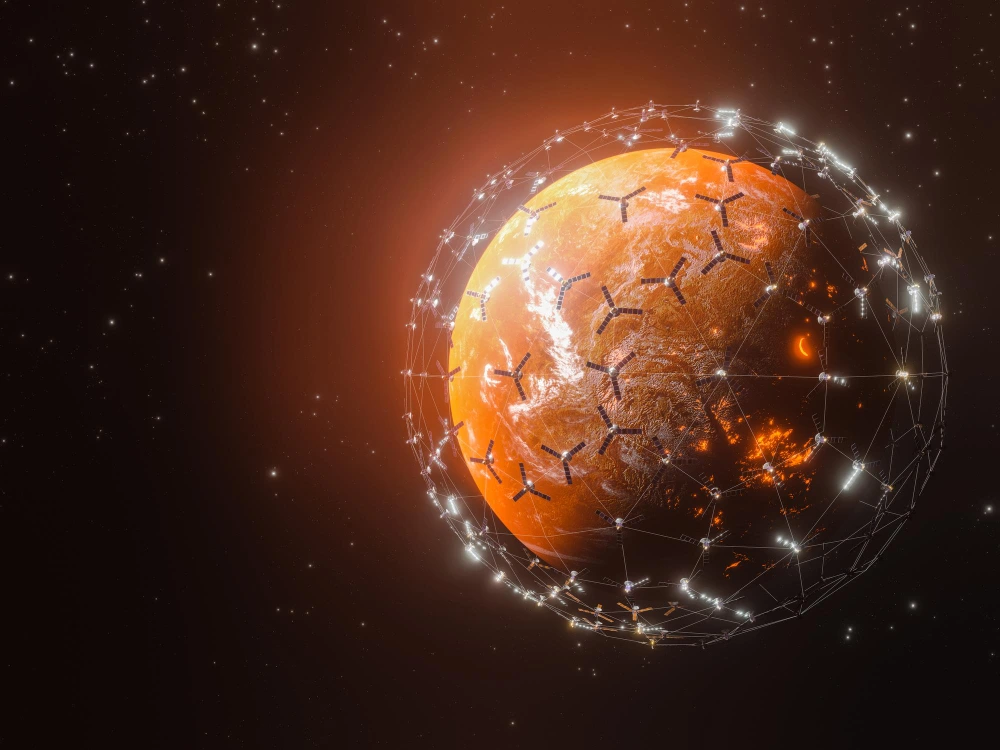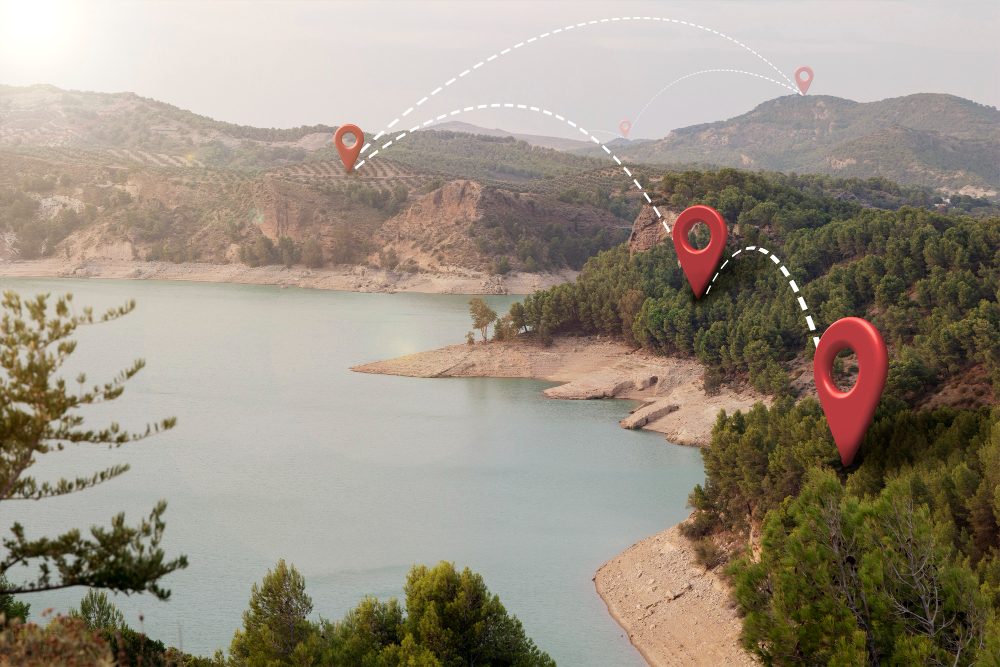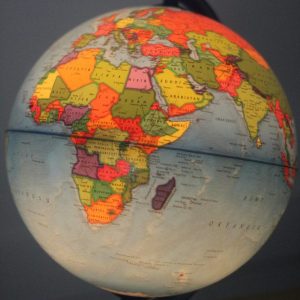Why Satellite Imagery Isn’t One-Size-Fits-All
Picture this: You’re analyzing deforestation deep in the Amazon rainforest. On the surface, optical satellite images show a sea of unbroken green—healthy, vibrant canopy as far as the eye can see. But switch to radar, and suddenly, a spiderweb of hidden logging roads emerges, cutting through the jungle like scars. These clandestine paths are invisible in optical data, masked by thick cloud cover that blankets the region 200 days a year. Meanwhile, thermal sensors pick up something even more sinister: hotspots glowing in the dead of night, revealing illegal gold mining camps where forests once stood.
This is the power and the challenge of satellite remote sensing. Each sensor type tells a different piece of the story:
- Optical sees the world in color, just like our eyes, making it ideal for identifying vegetation health or urban sprawl.
- Radar punches through clouds and darkness, exposing changes in terrain structure, from sinking cities to secret military bunkers.
- Thermal detects heat signatures, uncovering everything from undersea volcanic vents to unauthorized industrial activity.
Choose the wrong satellite imagery, and you could waste weeks analyzing useless data. I’ve seen researchers struggle to monitor floods with optical sensors during monsoon season, only to find their images completely obscured by storms. Meanwhile, their competitors were already publishing results using radar—a tool the first team dismissed as “too technical”.
The stakes are high. In disaster response, picking the right satellite imagery data can mean the difference between finding survivors or missing them. In conservation, it can expose illegal logging that would otherwise go unnoticed. And in agriculture, it can predict crop failures before they happen.
1. Optical Imagery: The “What You See Is What You Get” Workhorse
Best for:
✅ Land cover classification (forests, crops, urban areas)
✅ True-color maps for presentations
✅ High-resolution detail (sub-1m with commercial satellites like Maxar)
Limitations:
❌ Useless at night or through clouds
❌ Shadows can obscure terrain
Pro Tip:
Combine Sentinel-2 (free) and PlanetScope (paid) to balance cost and resolution.
Real-World Example:
The Ukrainian government used Maxar’s optical satellites to document Russian troop movements in 2022—clear enough to see tank tread marks.
2. Radar (SAR): The Cloud-Penetrating Night Owl
Best for:
✅ Flood mapping (sees through storm clouds)
✅ Monitoring oil spills (oil slicks dampen wave patterns)
✅ Subtle ground movement (volcano deformation, subsidence)
Why It’s Weird:
Radar images look like abstract art because they measure surface roughness, not light. Bright spots = rough surfaces (buildings), dark = smooth (water).
Free Data Source:
Sentinel-1 from ESA provides global coverage every 6 days.
Case Study:
After the 2023 Türkiye earthquakes, SAR data revealed ground shifts too small for optical sensors to detect—helping identify unstable areas for rescue teams.
3. Thermal: The Invisible Heat Tracker
Best for:
✅ Wildfire tracking (even through smoke)
✅ Urban heat island studies
✅ Detecting machinery/vehicles (warmer than surroundings)
Cool Fact:
Landsat’s thermal band helped catch illegal steel mills in China—their furnaces glowed at night while official reports claimed shutdowns.
Limitation:
Low resolution (Landsat = 100m/pixel). Pair with optical for context.
Cheat Sheet: Which to Use When?
| Scenario | Best Imagery Type | Why? |
|---|---|---|
| Monitoring crops | Optical (NDVI) | Shows plant health in color |
| Flood in rainy season | Radar | Sees through storm clouds |
| Finding hidden fires | Thermal | Detects heat through smoke |
FAQ: Quick Answers to Common Questions
Q: Can I get free satellite imagery?
A: Yes! Start with:
- Optical: Sentinel-2 (ESA), Landsat (USGS)
- Radar: Sentinel-1
- Thermal: Landsat (band 10/11)
Q: Why does my radar image look speckled?
A: That’s “speckle noise.” Use a “multi-temporal filter” in SNAP software to clean it.
Q: Which satellite imagery is best for agriculture?
A: Optical (for NDVI) + radar (for soil moisture).
Q: Can thermal imagery see through walls?
A: No—it detects surface heat only.
Q: Is radar imagery expensive?
A: Sentinel-1 data is free; commercial SAR starts at ~$500/scene.
Read next: ArcGIS Field Maps: The Future of Field Data Collection.



